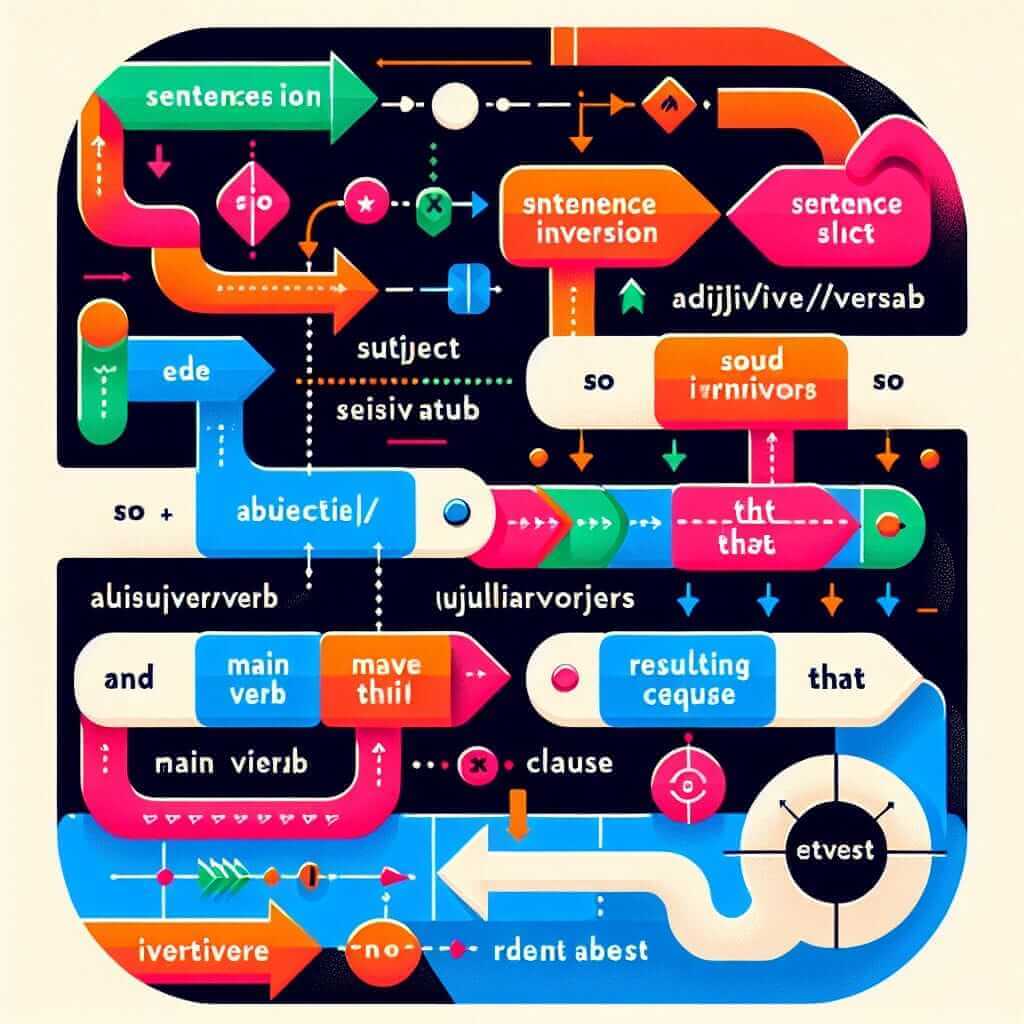Have you ever come across a sentence that sounds so elegant and different, it makes you pause? “So gentle was his touch that it soothed me” is one such sentence. Its unusual word order might seem confusing at first, but it’s a testament to the beauty and flexibility of English grammar. This structure, often employed for emphasis and dramatic effect, is something you might encounter or even use in the IELTS exam. Let’s delve deeper into this grammatical phenomenon.
For example:
- Speaking Part 2: Describe a time you witnessed an act of kindness. “I remember watching a nurse tend to a patient in pain. So gentle were her movements, so reassuring her words, that the patient, visibly distressed moments before, began to relax.”
- Writing Task 1 (describing a trend): “From 1990 onwards, the use of renewable energy sources saw a dramatic increase. So significant was this rise that it led to a noticeable decrease in fossil fuel consumption.“
In each of these examples, the inverted structure puts focus on the intensity of the adjective (“gentle,” “significant”) and its impact. Now, let’s break down this unique grammatical structure.
Understanding Sentence Inversions for IELTS
In English, we usually follow the Subject-Verb-Object (SVO) order. However, inverting this order can add emphasis and stylistic flair to your writing and speaking. The sentence “So gentle was his touch that it soothed me” is an example of such inversion.
Inversion with “So…that”
This structure is used to emphasize the extent of something and the consequence it leads to. It follows the format:
So + Adjective/Adverb + Auxiliary Verb + Subject + Main Verb + that + Resulting Clause.
Let’s dissect our example:
- So: This word highlights the degree of the adjective (“gentle”).
- Gentle: The key adjective describing the noun (“touch”).
- Was: The auxiliary verb inverted with the subject (“his touch”).
- His touch: The subject of the sentence.
- That it soothed me: The result of his gentle touch.

Applying Inversion in IELTS Writing
Using inversions, particularly in your Writing Task 2 essays, can significantly enhance your grammatical range and style, contributing to a higher band score. Here’s how you can incorporate them:
Example in an Essay:
Topic: Many believe that technology has made us less socially interactive.
Body Paragraph: “So pervasive has the use of smartphones become that it’s not uncommon to see people glued to their screens even in social settings. This constant digital connection, while offering convenience, often comes at the expense of genuine face-to-face interaction, leading to feelings of isolation and disconnect.”
In this example, the inversion emphasizes how widespread smartphone use has become.
Avoiding Common Pitfalls
While inversions can be impressive, incorrect usage can lower your score. Here are common mistakes to avoid:
-
Overuse: Sprinkling inversions throughout your writing can seem forced and unnatural. Use them selectively for maximum impact.
-
Incorrect Word Order: Remember the specific structure: “So + adjective/adverb + auxiliary verb + subject…” Any deviation will result in grammatical errors.
-
Informal Context: Inversions are generally more formal. Avoid using them in IELTS Speaking Part 1 or informal letters in Writing Task 1 (General Training).
Conclusion
Mastering grammatical structures like inversions can elevate your IELTS performance. They demonstrate your command over complex sentence structures and add sophistication to your language. However, remember that clarity and accuracy are paramount. Practice incorporating inversions judiciously and confidently in your writing and speaking to achieve your desired IELTS band score.